On Wallops Island, a remote community on Virginia’s Eastern Shore, a press corps assembled camera tripods in an open field and waited for the countdown on wind-chilled metal bleachers.
Off in the distance was a rocket appearing no bigger than a grain of rice. One member of the party noted that the marshy grasses skirting the view on this February day were much taller than at the last launch.
A smoke plume enveloped the Antares rocket but only for a moment. The bleachers, a couple of miles from the launchpad, vibrated — a drumroll for the capsule headed to the International Space Station. The rocket soon emerged from the cloud, scaling the sky, until it shrank out of sight.
Quite a 21st-century fireworks show for a bucolic area of Victorian farmhouses and roaming wild ponies. How did the tiny barrier island, of all places, become a NASA launch site, a newcomer asked Patrick O’Neill, an International Space Station spokesman.
“I really don’t know,” he said. “My assumption is when you are on a coastline like this, when you launch out, you’re not doing it over top of a heavily populated area.”
Perhaps little-known to the space fans accustomed to rockets blasting off from Cape Canaveral, Florida, or the Central California coast, Wallops Island has been a steadfast force since the waning days of World War II. It began as a small testing range for guided missiles a decade before NASA formed. Today, its bread and butter are sounding rockets (small research rockets that only briefly visit space), drones, and high-altitude scientific balloons that float to the edge of space. Uncrewed cargo missions for the space station, provided by Northrop Grumman, fly from the site about twice a year.
But in the coming years, Wallops will play a greater role in the blooming commercial spaceflight industry. The Virginia site is NASA’s only owned rocket launch range for suborbital and orbital rockets. Over the next eight years, the space agency expects the facility to grow from flying two or three orbital launches per year to over 20. The complex is bracing for the Artemis missions to the moon, which will launch directly to the lunar surface and support astronauts.
Through new commercial partnerships, it could even go interplanetary, hosting the first private missions to Venus.
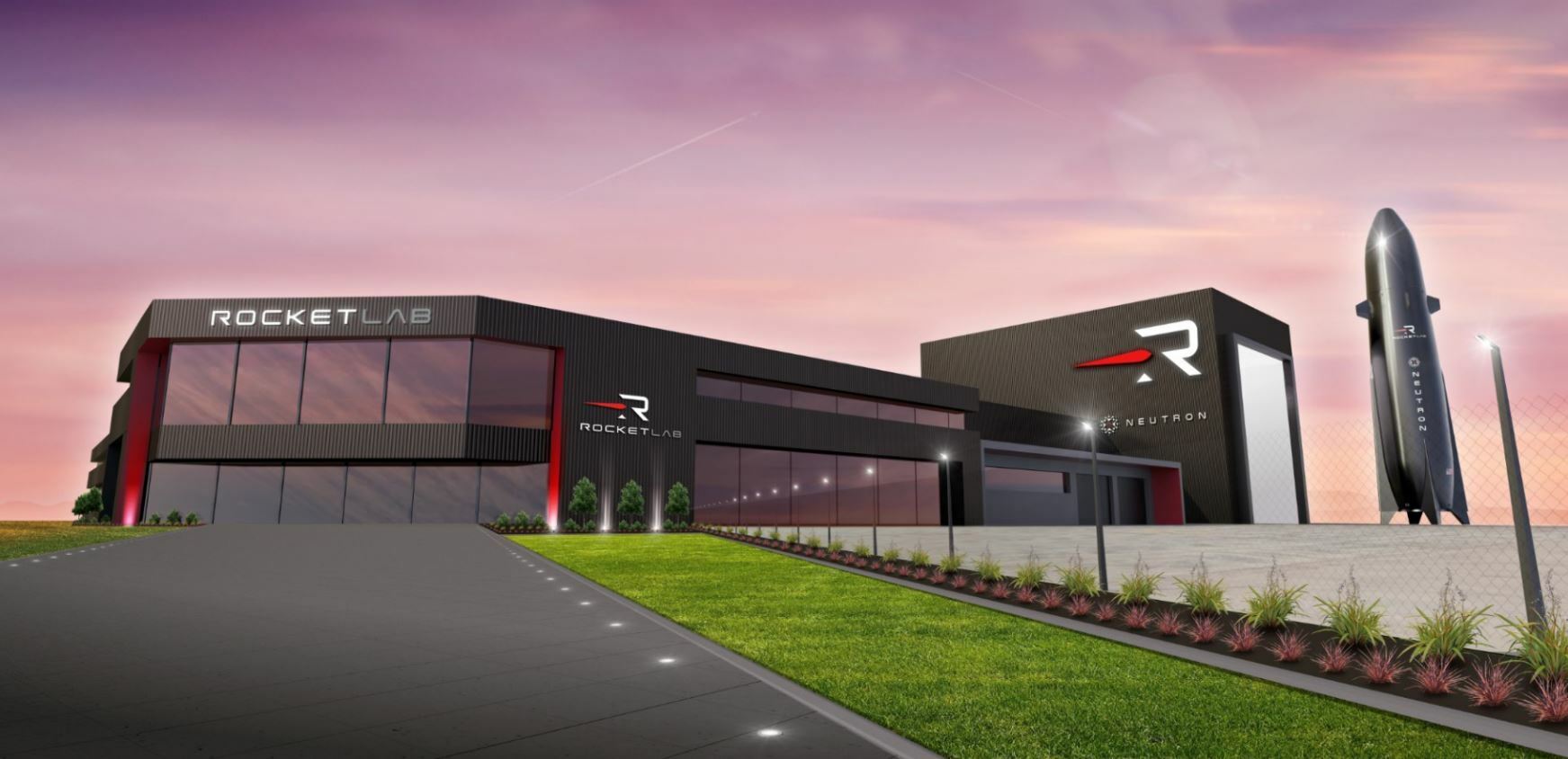
Rocket Lab picked the little-known Wallops Island Flight Facility for its new Neutron rocket’s factory location and launchpad.
Credit: Rocket Lab
This week Rocket Lab, a New Zealand-based company nipping at the heels of SpaceX, announced it would build a 250,000-square-foot factory at the Virginia outpost for its new Neutron rocket, a 130-foot, medium-lift vehicle designed to return to its launchpad and be fully reused.
The company has dubbed it a rocket for 2050. Reams of carbon composite material for the rocket will be made with robotics.
That’s a far cry from the scrappy early days of Wallops 70 years ago, when the only way to get on the island was by ferry. The launch platform consisted of a 50-by-50-foot concrete slab, with an observation station covered in sandbags. “Offices” were little more than five wooden shacks and some sheds.
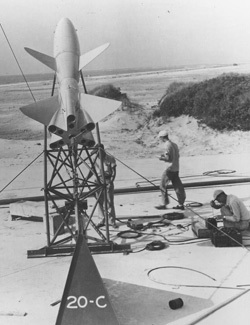 The first research rocket launched from Wallops Island was Tiamat on July 4, 1945.
The first research rocket launched from Wallops Island was Tiamat on July 4, 1945.Credit: NACA
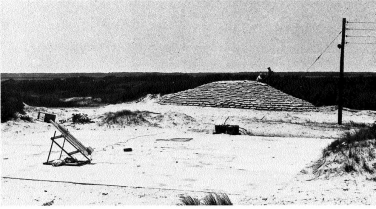 The launch slab and blockhouse prior to the first Wallops Island launch.
The launch slab and blockhouse prior to the first Wallops Island launch.Credit: NACA
The Neutron pad will be in addition to the company’s other new Wallops-based pad for the Electron rocket, a smaller 59-foot vehicle intended for launching small satellites. The Electron is expected to fly from Virginia soil later this year, while Neutron’s maiden voyage is planned for 2024.
The Neutron deal will come with about $45 million in assistance from the state and Virginia Space, the state-established entity that runs the commercial activity at Wallops.
“We love Wallops, actually,” Peter Beck, CEO of Rocket Lab, told Mashable. “You know, up at Cape [Canaveral], it’s a very, very busy launch site. Having quite a bit of a quieter place to go about your businesses is certainly a huge advantage.”
“Having quite a bit of a quieter place to go about your businesses is certainly a huge advantage.”
The schedule isn’t the only advantage for turning around quick orders for Rocket Lab’s defense and commercial customers. Beck wanted a launch site where he could also set up a rocket manufacturing facility. The eventual goal is to launch a rocket a month. Amid the new Space Age boom, the buildable areas around the busier launch sites are already crowded, he said.
“A rocket is generally sized by the lowest bridge between California and the launch site of California — and [for] Florida,” he said. “To me, that was never a good engineering constraint to labor upon yourself, the height of a bridge built in the 1950s. So, the way to solve that problem was just build the factory beside the launch site.”
Neutron is designed to carry an eight-ton payload and might one day fly astronauts, something that its small predecessor, Electron, could never do. It’s made of a carbon composite shell that is lightweight and durable for the heat and pressure of repeated spaceflights. It’s bulkier at the base than other sticklike rockets so that it can both balance on its own legs before launch and when it lands. That eliminates the need for launch towers.
The new shape isn’t about looking cool. It’s about cost, Beck said. Landing on a barge at sea could take three days to tow back. Bringing the vehicle directly to the launchpad reduces the time and money needed to service the rocket for the next order.
“This is going to have a lasting impact for years and years and years to come.”
Rocket Lab brings with it the prestige of being involved with CAPSTONE, a precursor mission for NASA’s Artemis moonbound flights. The space agency selected Rocket Lab’s spacecraft to test out the lunar orbit where it wants Gateway, a planned space station to serve lunar missions, to reside. Wallops was originally slated to host that mission, but it is still awaiting a key NASA certification.
What’s more, Rocket Lab has an exciting planetary mission fast approaching: The company will carry out the first privately funded mission to Venus next year. Through a collaboration with MIT, Georgia Tech, Caltech, Purdue University, and the Planetary Science Institute, the expedition will send a 55-pound probe on an Electron rocket for a five-month voyage. The spacecraft will dip into the thick Venusian clouds for a few minutes. Scientists are interested in the chemistry occurring in Venus’ atmosphere following a controversial study that suggested phosphine, a possible sign of microbial life, lurked in the clouds.
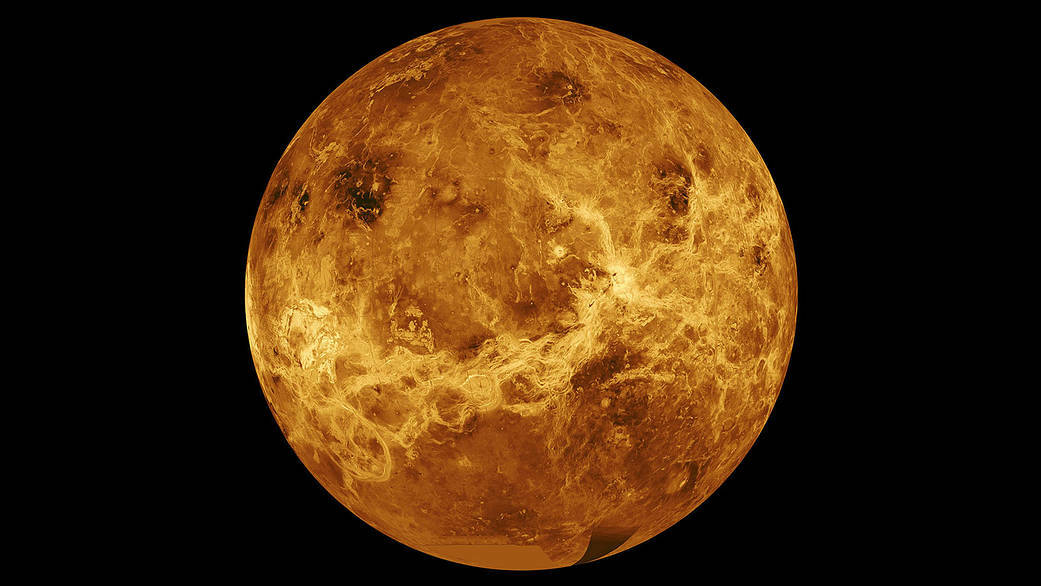
Rocket Lab will carry out the first privately funded mission to Venus in 2023.
Credit: NASA / JPL-Caltech
Though that launch could take off from New Zealand like the lunar orbit mission, the Virginia site is in the mix, Beck said. The decision will largely hinge on scheduling and how busy the launchpads are.
So things may not stay “quiet” at Wallops for long. Having Rocket Lab as an anchor tenant of the adjacent research business park will draw more companies, said David Pierce, NASA director of the flight facility.
The state investments into building the new launch pad and control center for Neutron will be able to serve other customers, too. With 6,000 acres at the Wallops complex, there’s room for more development.
“This is going to have a lasting impact for years and years and years to come,” Pierce said.
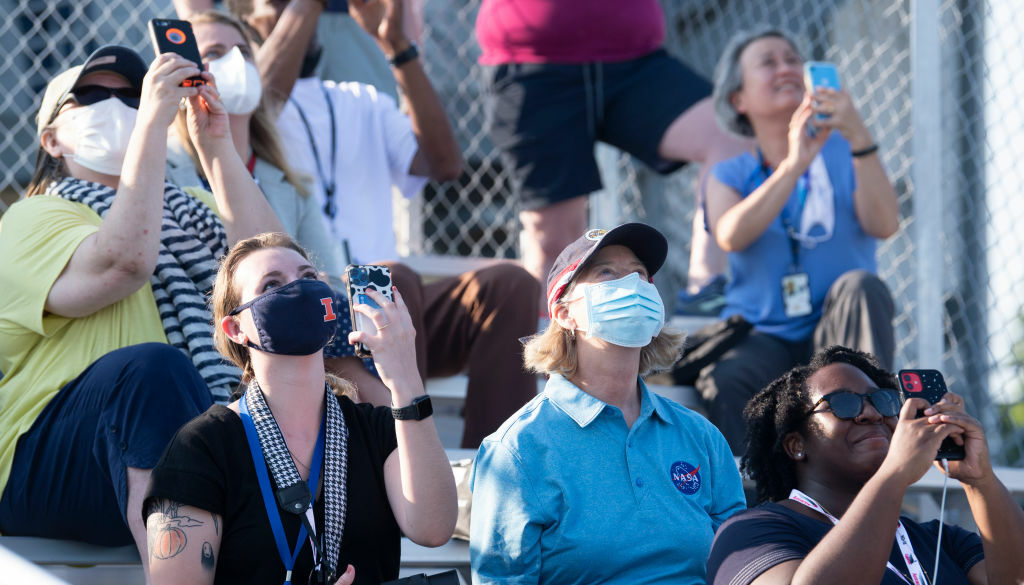
NASA Deputy Administrator Pam Melroy, center, watches as a Northrop Grumman Antares rocket carrying a Cygnus resupply spacecraft launches from Pad-0A of the Mid-Atlantic Regional Spaceport, on August 10, 2021.
Credit: Joel Kowsky / NASA via Getty Images
One of those impacts will be the addition of rocket return viewings around the little island, a spectacle that is expected to be far less noisy than when the vehicle vaults into the sky.
Neutron only needs one engine to light just before it lands. It won’t even require a braking burn on the way down because of its aerodynamic shape and features. Beck guarantees the addition of rocket landings to Wallops will remain “quiet.”
“We would hope that it would be very graceful,” Beck said.